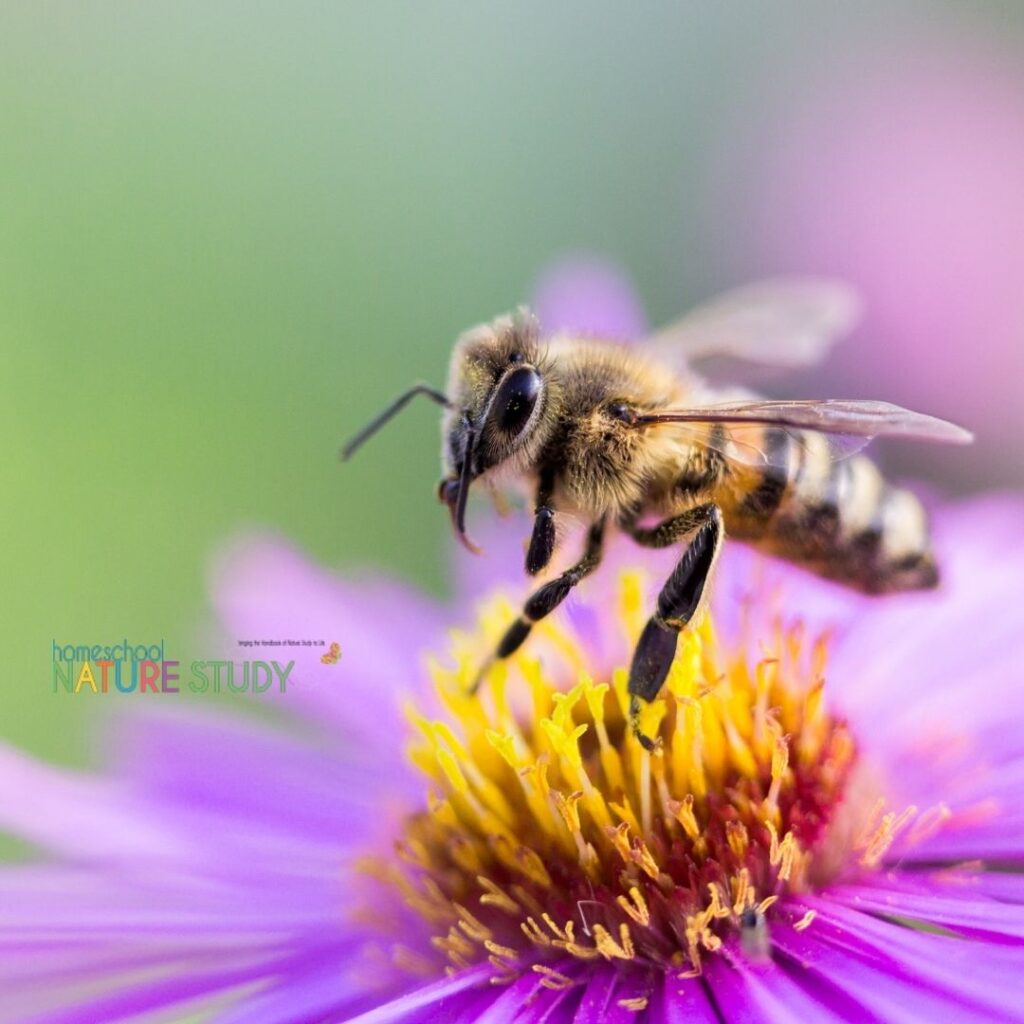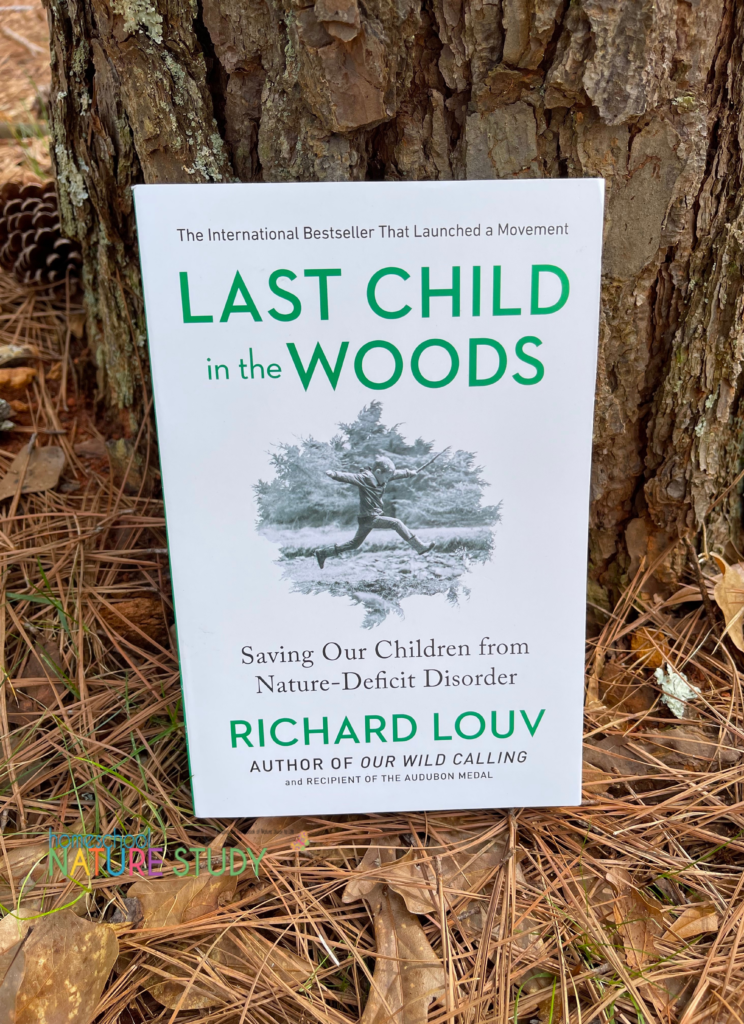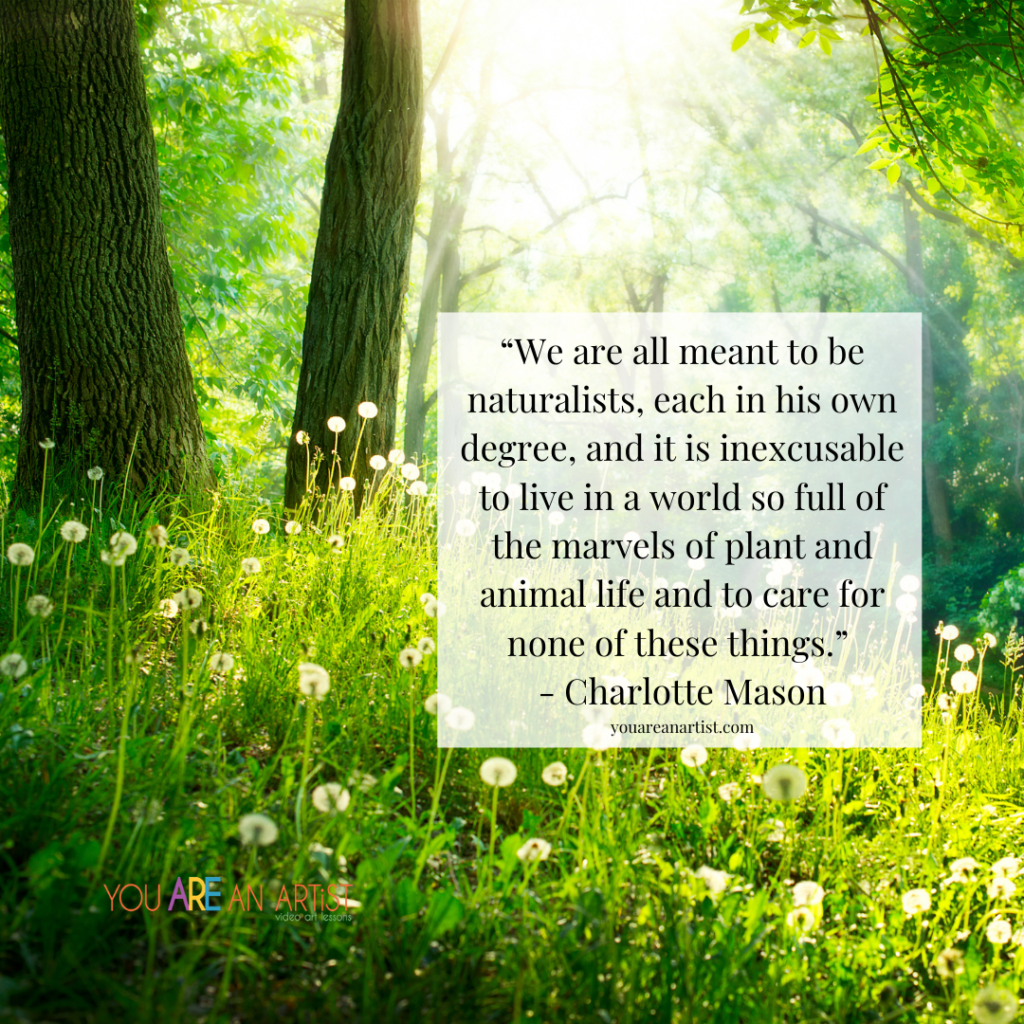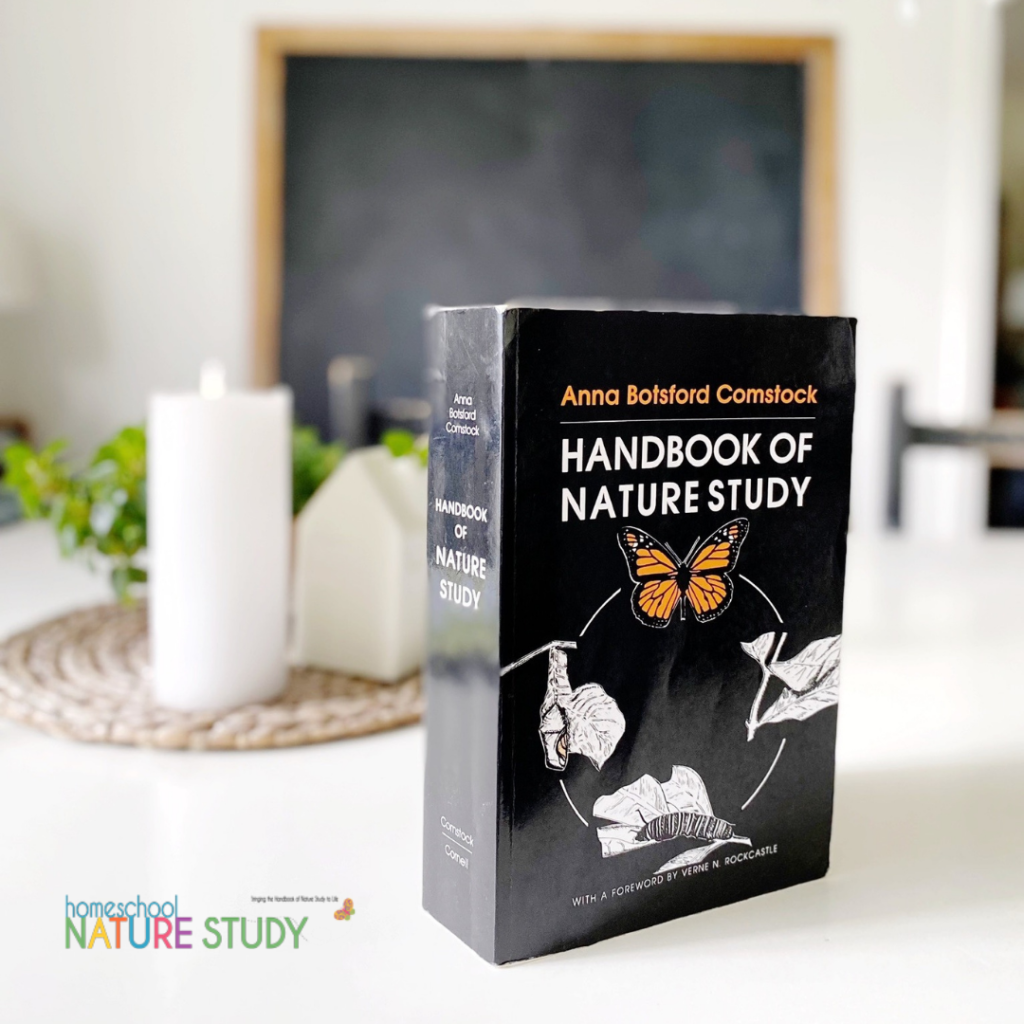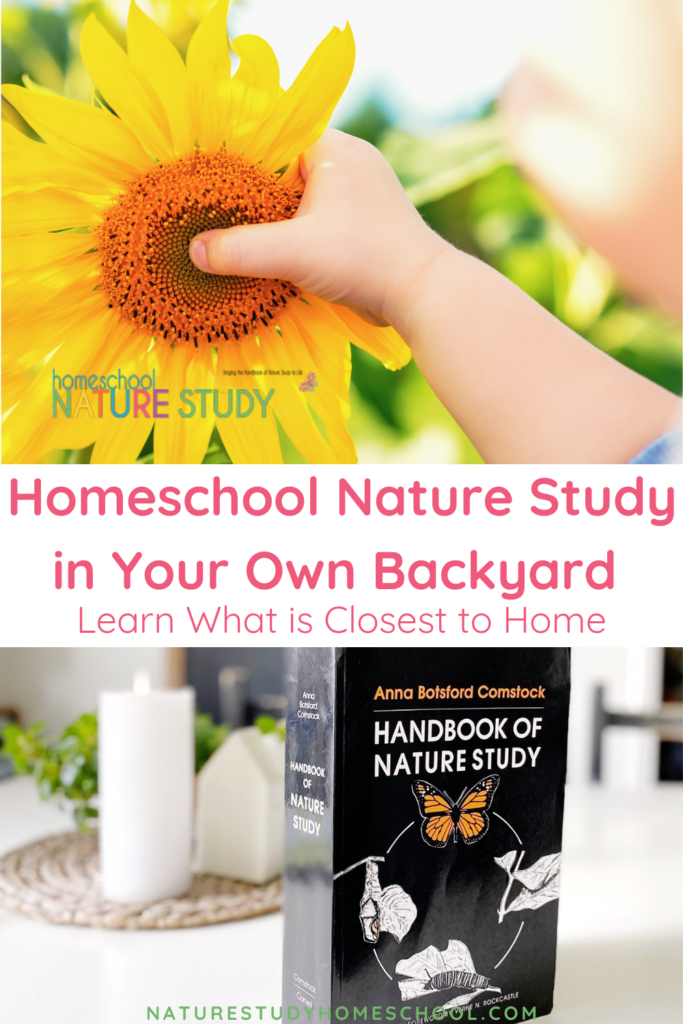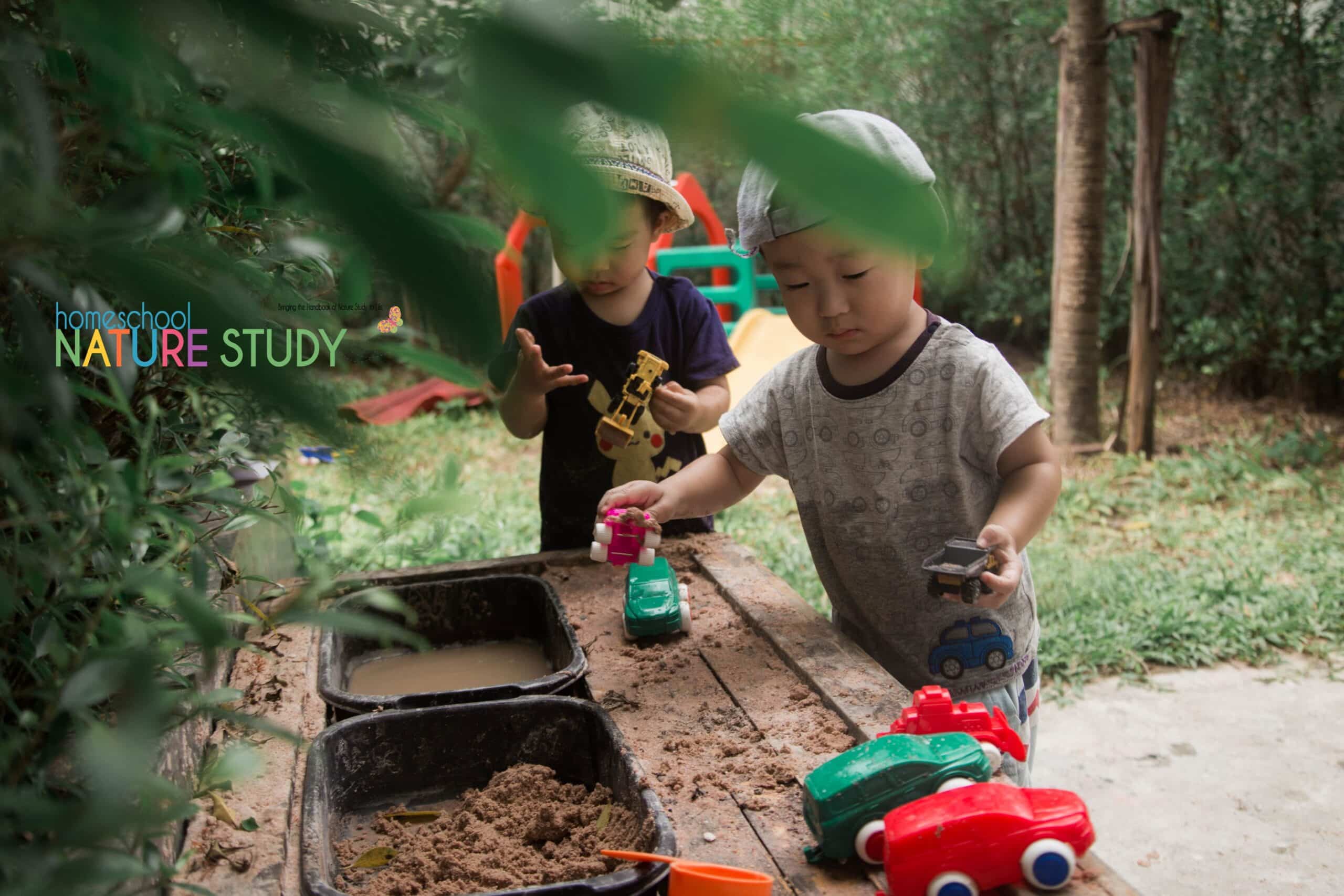
The effort you put into creating outdoor space for creative play will be seen in your child’s happy face and heart. Time outdoors is essential to your child’s development. It is an investment in their mental and physical health.
“Indeed, research suggests that children, when left to their own devices, are drawn to the rough edges of such parks, the ravines and rocky inclines, the natural vegetation. A park may be neatly trimmed and landscaped, but the natural corners and edges where children once played can be lost in translation.”
Last Child in the Woods, page 117
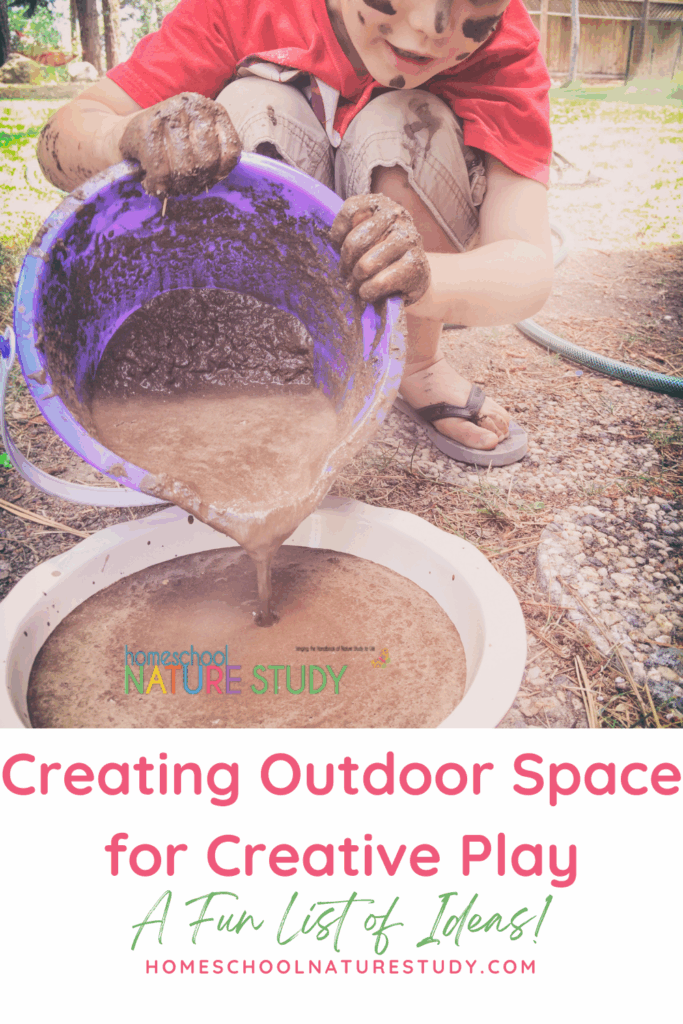
Last Child in the Woods is an important book and is on my summer reading list again. It is an easy read and each time I glean a few more points to apply to our family and refine my thinking about getting outdoors. Reaffirming my belief that all children need to be outdoors every day keeps me actively working on the Outdoor Hour Challenges and other related projects.
Being Drawn to the Edges: Outdoor Space for Creative Play
We are in the middle of planning a big front yard makeover and I have decided that for our family we will incorporate native plants, some rocky outcrops, and more shelter and food for the local wildlife. My boys are more interested in watching birds and animals than they are with a large expanse of grass. Our wild side has taught us this spring that we enjoyed observing the insects, flowers, and grasses more than we ever enjoyed the well manicured lawn.
Creating Outdoor Space for Creative Play for Your Children
I once read a post written by a mom who had little by little converted her suburban backyard into a wild place for her children. Here are her ideas for creating outdoor space for creative play:
- She brought in some rocks for lizards and insects to take shelter in.
- She included a big log so the kids could watch the decomposition and the living creatures that lived in, under, and on the log.
- She made a sand pile for digging with pails and shovels at the ready.
- There were places to play in the hose and make mud.
It has always stuck with me that with a little effort on her part she offered a place with interesting and attractive edges for creative play even in a small backyard.
When my boys were young, we planted herbs, edible things like berries, and each child had their own garden box. We kept tree stumps for child size tables. We planted trees for climbing and swinging. On hot summer days we spread out blankets underneath the trees in the shade. Our current butterfly garden with its colorful flowers and bushes shelters not only insects but hummingbirds.
Allowing some room for exploring in our backyard has given us endless nature study opportunities as well as a place for the children to wander during their own time, to dream and play and wonder.
Look at the edges when creating outdoor space for creative play…..see if you can make some changes today.
Edit to add: I received a comment and some email about becoming a National Wildlife Federation Certified Habitat. We did that for our backyard some years ago and that is really what brought this sort of idea to my head in the very beginning. Now I am anxious to get started in the front yard.
More Backyard Nature Study Ideas
- 100+ Ideas to Use When Creating Your Own Backyard Habitat
- How to Make Your Backyard a Natural Habitat for Wildlife
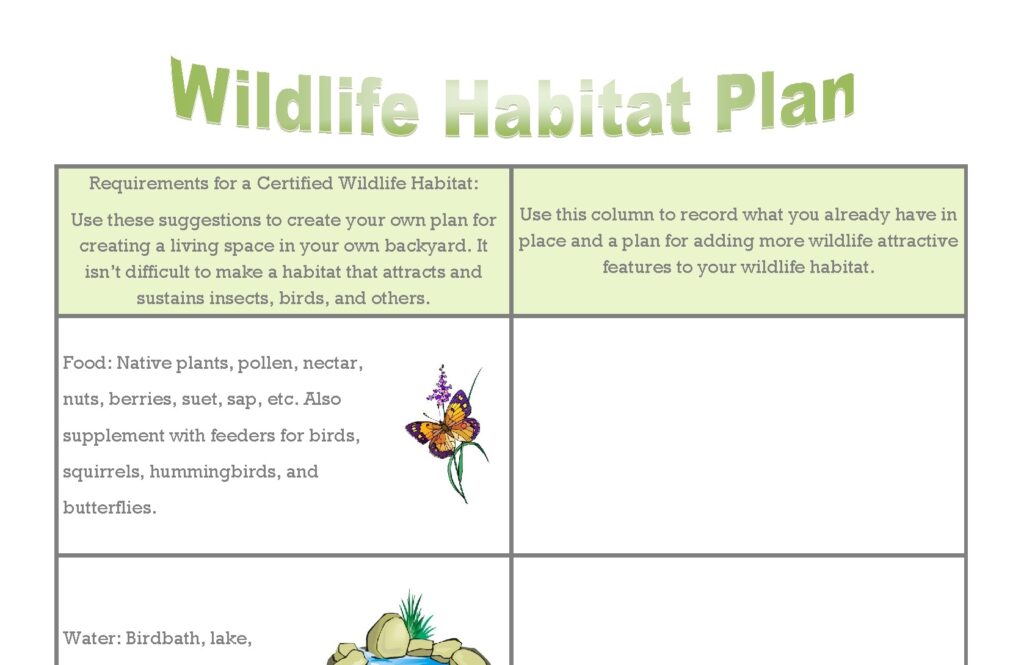
Homeschool Nature Study Members enjoy a printable Wildlife Habitat Plan with the Requirements for a Certified Wildlife Habitat!
Homeschool Nature Study Membership for Year Round Support
Can you believe all of these spring homeschool resources you will find in membership? You will also find a continuing homeschool nature study series plus all the Outdoor Hour Challenges for nature study in our Homeschool Nature Study membership. There are 25+ continuing courses with matching Outdoor Hour curriculum that will bring the Handbook of Nature Study to life in your homeschool! In addition, there is an interactive monthly calendar with daily nature study prompt – all at your fingertips!
We have quite a few new participants in the Outdoor Hour Challenges so I want to give a big welcome to everyone!
Be inspired. Be encouraged. Get outdoors!

Outdoor Hour Challenge by founder, Barbara McCoy, July 2010. Updated by Tricia April 2025. Tricia and her family fell in love with the Handbook of Nature Study and the accompanying Outdoor Hour Challenges early in their homeschooling. The simplicity and ease of the weekly outdoor hour challenges brought joy to their homeschool and opened their eyes to the world right out their own back door! She shares the art and heart of homeschooling at You ARE an ARTiST and Your Best Homeschool plus her favorite curricula at The Curriculum Choice. She and her husband, Steve, are also publishers of Unit Studies by Amanda Bennett.






